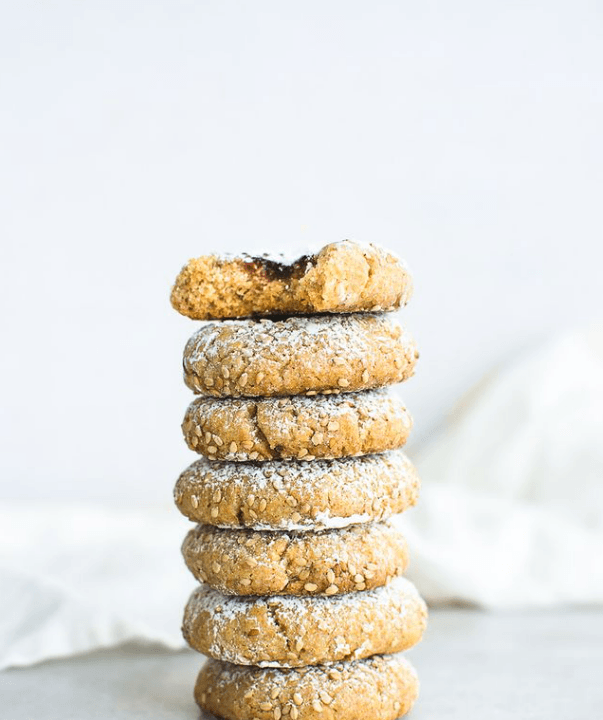A special kind of forest rises up from the rolling valleys of central Asia, surrounded by the jagged, snow-capped peaks of the Tian Shan mountains. Tangled among the brush grow Malus sieversii—the wild apple. Far from the neatly ordered rows of an apple orchard, these wild apple trees grow wherever they please, unfettered by the tending care of orchardists. Whole valleys light up in the spring with exuberant sprays of foamy white flowers before yielding small, plump yellow fruit in the fall.
This valley gave the world the apple tree, one of the most popular and widely cultivated fruits. It wasn’t until 1929 that Russian botanist Nikolai Vavilov traced the modern, domesticated apple (Malus domestica) directly to its wild ancestor, and this genomic connection was reconfirmed in 2010 by a team of international researchers.





